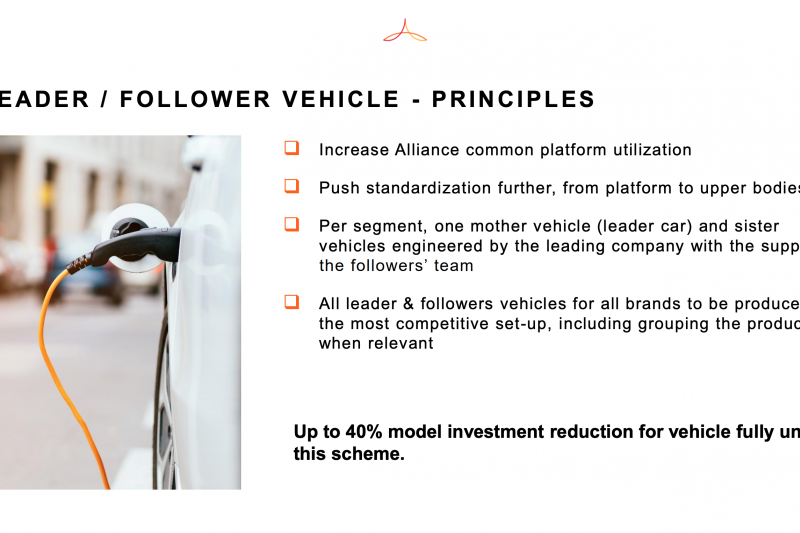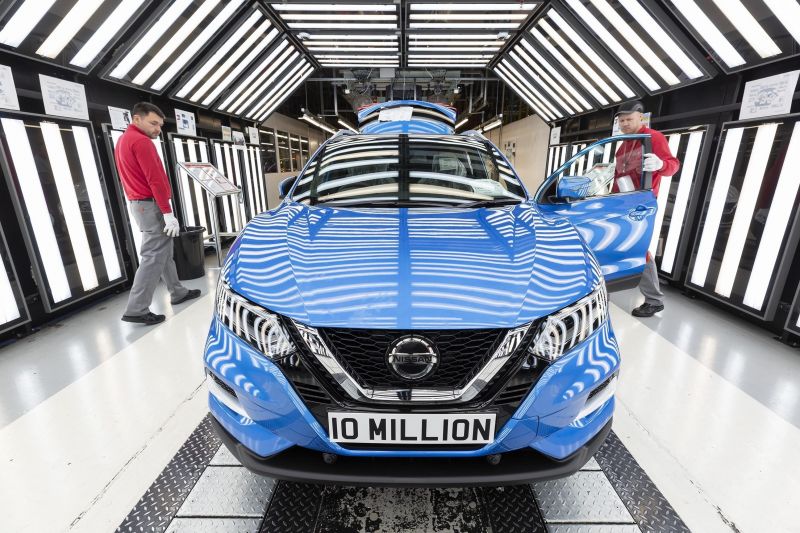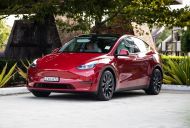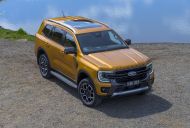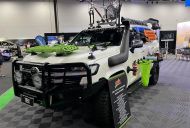Opinion
The Renault-Nissan-Mitsubishi Alliance this week announced sweeping changes to how it operates post-Ghosn, with the aim of slashing fixed costs and removing legacy duplication, and once again talking to one another nicely.
It’s expanding its ‘leader-follower’ tactic, whereby each company runs engineering and project management for certain vehicle types and technologies to be used across the brands. For instance, Renault with small cars/SUVs, Nissan with larger ones and bespoke EVs, and Mitsubishi with PHEVs.
Economies of scale are vital if any manufacturer wants to make its cars in profitable fashion, so sharing parts procurement through to vehicle platforms and engines without duplications just makes sense. Do something once, do it right, and farm it out.
The Alliance estimates 80 per cent of all cars across its brands will sit on shared group platforms by about 2024 compared to a surprisingly low 39 per cent today. Since platform development accounts for about 30 per cent of a vehicle’s typical development cost, the savings will be significant.
Hell, it could theoretically make the development of a shared sporty platform for a future Renault Megane RS, reborn Mitsubishi Lancer Evo, and re-ignited Nisan Pulsar SSS viable!
It won’t, of course. Not ‘aggressively rational’ enough, as my colleague Scott would say…
But the Alliance wants to go further. “If we want to see a real impact, we need to push our standardisation further from platform to upper bodies,” said chairman of the board Jean-Dominique Senard, therefore finding ways to cut costs from an area of vehicle development that accounts for a further third of the overall investment pie.
The line in an accompanying explainer piece provided by the brands says “the leaders of the three companies have endorsed the principles of the leader-follower scheme for vehicles, in which they will cooperate to… push the Alliance’s standardisation strategy further, from platforms to upper bodies”.
The plans will overall save about 40 per cent in total investment into each vehicle. That means cheaper cars, and more profitable employers. For context the Alliance will save an estimated US$2 billion by using this business model creating a next-generation range of C-segment (mid-sized) SUVs alone. Extrapolate that across various vehicle types, and voila.
But this is a dangerous path to tread, one that I think goes too far if indeed it means what it seems to mean. To my mind there is at least one thing successful collaborations should avoid, be they partner companies with complex cross-shareholder agreements like the Alliance, or parent-subsidiary arrangements like Volkswagen-Audi-Skoda.
The bits of a car that a regular Jane or Joe can see, can touch, and can dream about should be distinct from one another. While the Volkswagen Golf and Skoda Octavia, Renault Clio and Nissan Juke, or Toyota Supra and BMW Z4 are mechanical twins-under-the-skin, their interior and exterior are differentiated – albeit to varying degrees.
Brands might buy parts together, might share factories, might use the same architecture and powertrains, but to maintain independence and integrity they simply must have their own designs inside and out, their own user interfaces, their own brand positions to market. Lose that and what’s the point?
It’s one thing for a Renault Trafic work van to be rebadged as a Nissan NV300 or Mitsubishi Express as it currently is. A delivery driver buying a workhorse likely doesn’t care.
But if a Nissan Navara and Mitsubishi Triton, or a Renault Zoe and Nissan Leaf, or a future Nissan Qashqai and Mitsubishi ASX share upper bodies?
Does its mean they look the same in all ways bar the badge? Is this just a giant return to Australia’s own Button Plan that yielded the Ford Maverick and Holden Nova? It might be construed as a win for Mitsubishi since, to generalise, it can expand its range affordably and is generally purchased by people with heads ruling hearts, but for the others?
Saving costs is clearly an imperative, after COVID-19 more than ever. But I fervently hope that this business about standardising upper bodies doesn’t result in Nissan, Mitsubishi and Renault dealers all selling clones with different badges and grilles, and clever marketing supplanting clever engineering as the driver.
We shall see…

